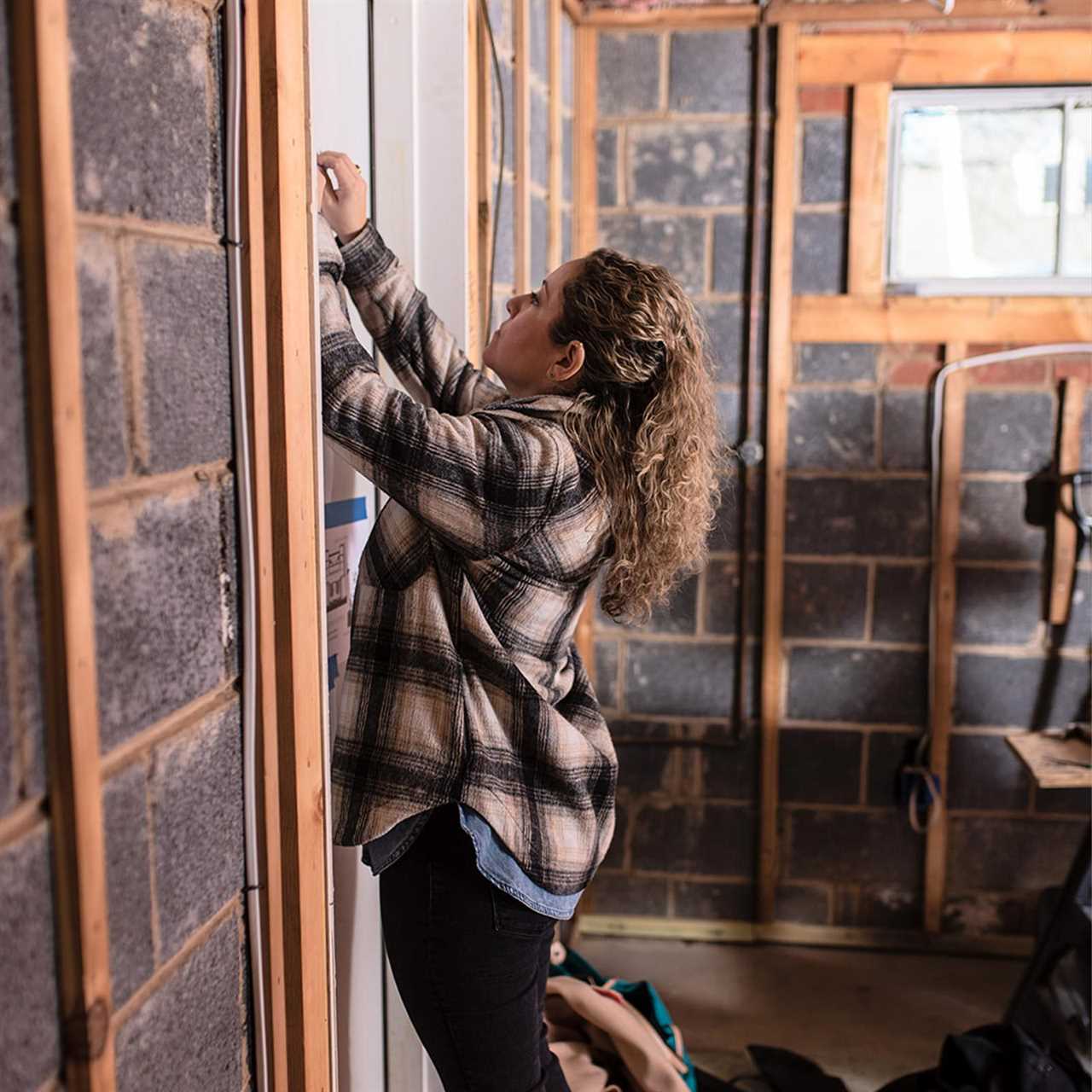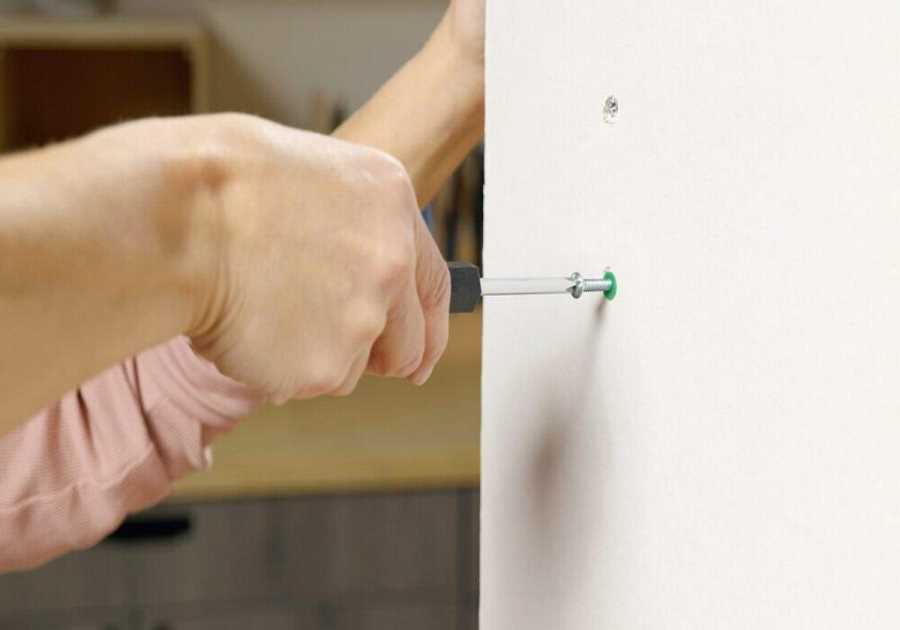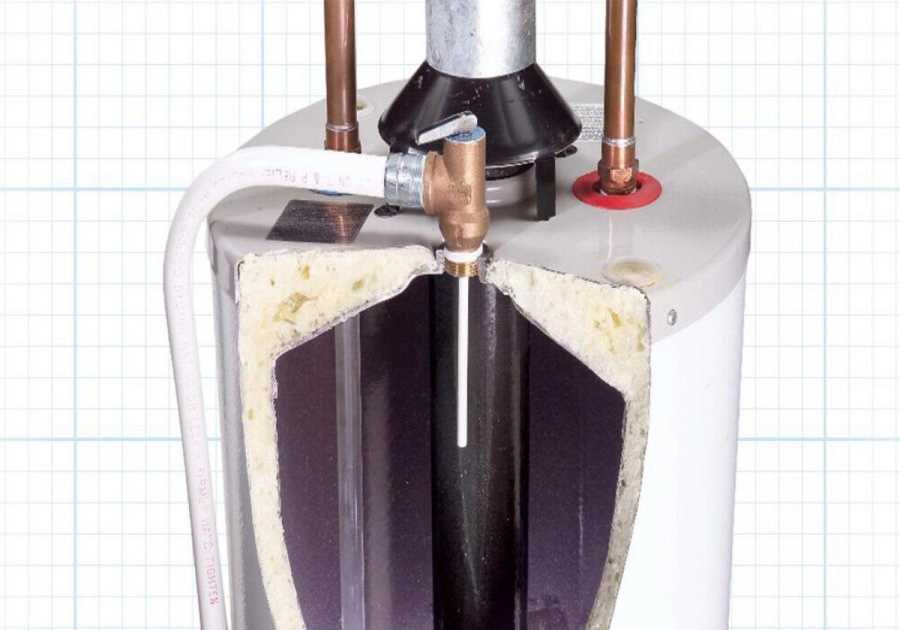This FH series spotlights the women and nonbinary tradespeople who make up 11 percent of the construction workforce in America. Know someone we should feature? Email us here.
Though Gabriela Narvaez’s father was a civil engineer and her brother an architect, her trajectory into the world of construction and renovation didn’t unfold along a straight line.
After moving from her home country of Nicaragua to attend business school in Virginia, she joined the Nicaraguan Foreign Service, which posted her to an embassy in Washington, D.C. She left after five years to become the events director for a nonprofit focused on helping impoverished Nicaraguan children. From there, she spend a decade in Georgetown University’s finance department.
“But construction is something that runs in our family’s blood,” Narvaez says. “I always lived in a construction zone. After school, I would wear my little hardhat and go with my dad to job sites.”
Today she owns and runs Guild Properties, a high-end real estate development and construction firm in D.C. She shares some of her innovations on her Instagram @GuildProperties and consults with DIYers via Matriarchy Build.
We asked Narvaez for her thoughts on the state of the construction and renovation industry.
Q: How did you make the leap from nonprofit work to general contractor?
A: My husband and I bought our first home, a townhome, in 2008, when we found out we had a second child on the way. It needed a lot of renovations and we had no money, so I called my father and brother for advice. They said they’d walk me through the work.
Even though the process was chaotic — during the renovations we ended up having a third baby, got a dog and had to cook in a makeshift kitchen in the basement — I loved it. After that I started renovating friends’ houses and flipping houses.
Later, when the pandemic hit and we were all at home figuring out our lives and thinking that the world was about to end, I felt like there was something missing in my life, that I was passionate about something I wasn’t doing. So I set out to get my residential and commercial general contractors licenses. By December of 2020, I had my first real client.
Q: What sort of houses do you work on?
A: I specialize in older, smaller Colonial homes. I don’t do new builds or additions because I believe that we can make existing houses work for us.
I don’t feel the need to add thousands of square feet. Instead, I love transforming them into modern, beautiful and functional spaces that sustainably preserve their character and give them a unique design.
We also try to reuse as many materials as we can because construction is usually not very environmentally friendly. I’m not going to lie: Sometimes working with the existing space and materials is more challenging than building a new structure. There’s always a surprise. But I love it.
Q: Any particular challenges in being a woman contractor?

A: Sometimes clients ask things of me that I don’t think they would necessarily ask a man.
For example, recently some prospective clients asked for discounts. I might be wrong, but sometimes I feel like they would not ask me that if I was a male contractor. When they do, I feel like they’re devaluing my work, and I’m not so sure they would devalue the work of a man.
But when it comes to my crews, my guys have never been disrespectful. I don’t think they care [about my gender]. People have started asking me how it is working with a bunch of dudes all the time. I never thought about it. I never realized I was the only woman in the room until people kept asking me about it.
Q: What projects have stood out?
A: In the end of 2021, I had to remodel a whole house for someone with mobility challenges. We had to think about how a wheelchair would fit, and how to round off wall corners and other safety issues. So that was an interesting challenge. Another one was a cat closet that we built to hide litter boxes.
But really, it’s hard to pick a favorite job because I always end up becoming really close to my clients. We’re in their homes every day for months, so at the end it’s sad to say goodbye, especially to their pets, because I love animals. I always get teary.
Q: What changes have you seen in your trade during last 10 years?
A: Materials are always changing. One that stands out is LVP [luxury vinyl plank] flooring. Ten years ago they looked bad, like plastic trying to be wood. Today, the same manufacturers are making some really beautiful floors that won’t break the bank. Of course, ideally we use tiling in basements, but that’s expensive, so often our clients prefer LVP.
And there are obviously trends in construction, but I’m not a big fan of following them. I always tell my clients to make their house a reflection of who they are. Honor what you think looks good, because you’re going to be the one seeing it every single day. Who cares what Aunt Sally or your mom or people on social media think?
Q: Any advice for young women looking to get into this field?
A: If it is something that you really love, you will figure out how to do it. And you need to make mistakes along the way. Those are the greatest teachers, because they help you re-evaluate and move forward.
Expect challenges, because most of it is not easy. There’s only about 10 percent that’s shiny and awesome. So expect it to be hard, and still do it, because the rewards are awesome. There are so many gifts in that process of getting to the reward.
Q: What are your pro-specific tools?
A: A laser measure is my favorite tool to make measurements go quickly. But I also always have a regular measuring tape, because sometimes there are little nooks and crannies where the laser won’t work, especially in kitchens where we measure a million times.
My favorite program is Excel. I am really proud at how I keep my numbers because I know exactly the cost of each project at any given moment, so there’s never a guessing game as to what it’s costing the client.
I love painting, so I invest in paintbrushes. A $10 brush versus a $4 brush really does make a difference in how the paint goes on the wall and ends up looking.
And I’m a sucker for using high-quality primer instead of just primer paint. Some people tell me that’s dumb because it makes it a two-step process, twice the work, but to each their own. I believe paint looks better when you properly prime the drywall first.
Gabriela Narvaez Bio
Gabriella Narvaez moved from Nicaragua to Washington D.C. in 1999, where she graduated with a business degree from Marymount University in Arlington, Virginia. She soon developed a passion for the historic properties in the area, which eventually led her to starting her company, Guild Properties.
As a fully licensed general contractor, designer and real estate developer, Narvaez strives to create spaces where families can live beautifully and joyfully. She especially enjoys kitchen, bathroom and small-space renovations. Narvaez currently resides in Arlington, Virginia, with her husband, three children and their lovable poodle-mix.
Writer Karuna Eberl Bio
Karuna Eberl is a regular contributor to Family Handyman. She spent the last 25 years as a freelance journalist and filmmaker, telling stories of people, nature, travel, science and history. Eberl has won numerous awards for her writing, her Florida Keys Travel Guide and her documentary, The Guerrero Project.
Did you miss our previous article...
https://rsssuperfeeds.com/life-hacks/im-a-hot-sleeper-thats-in-love-with-the-rest-evercool-cooling-comforter






